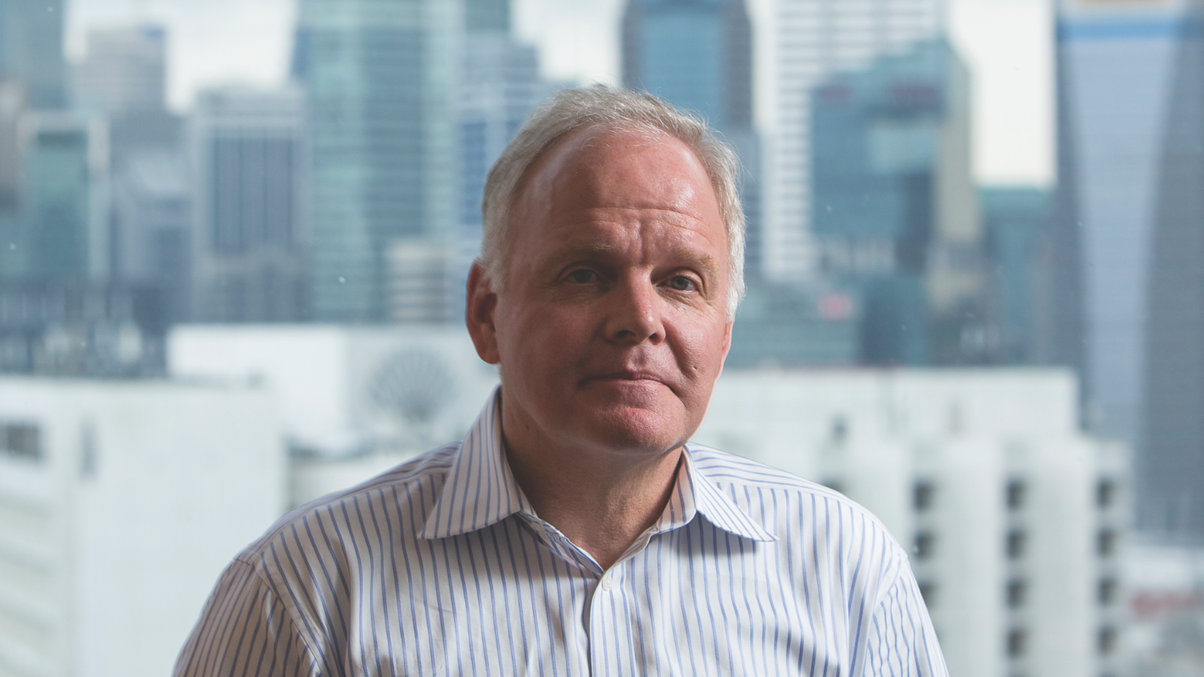Putting a greater focus on ALM
Bernd Gutting, CEO and CIO of Allianz Investment Management for Asia.

As chief executive and chief investment officer for Asia at Allianz Investment Management based in Singapore, Bernd Gutting oversees the $25.6 billion in general account assets and $12 billion in unit-linked assets (as of March 31) for German insurer Allianz’s Asian businesses.
Sign In to Your Account
Access Exclusive AsianInvestor Content!
Please sign in to your subscription to unlock full access to our premium AI resources.
Free Registration & 7-Day Trial
Register now to enjoy a 7-day free trial—no registration fees required. Click the link to get started.
Note: This free trial is a one-time offer.
¬ Haymarket Media Limited. All rights reserved.


